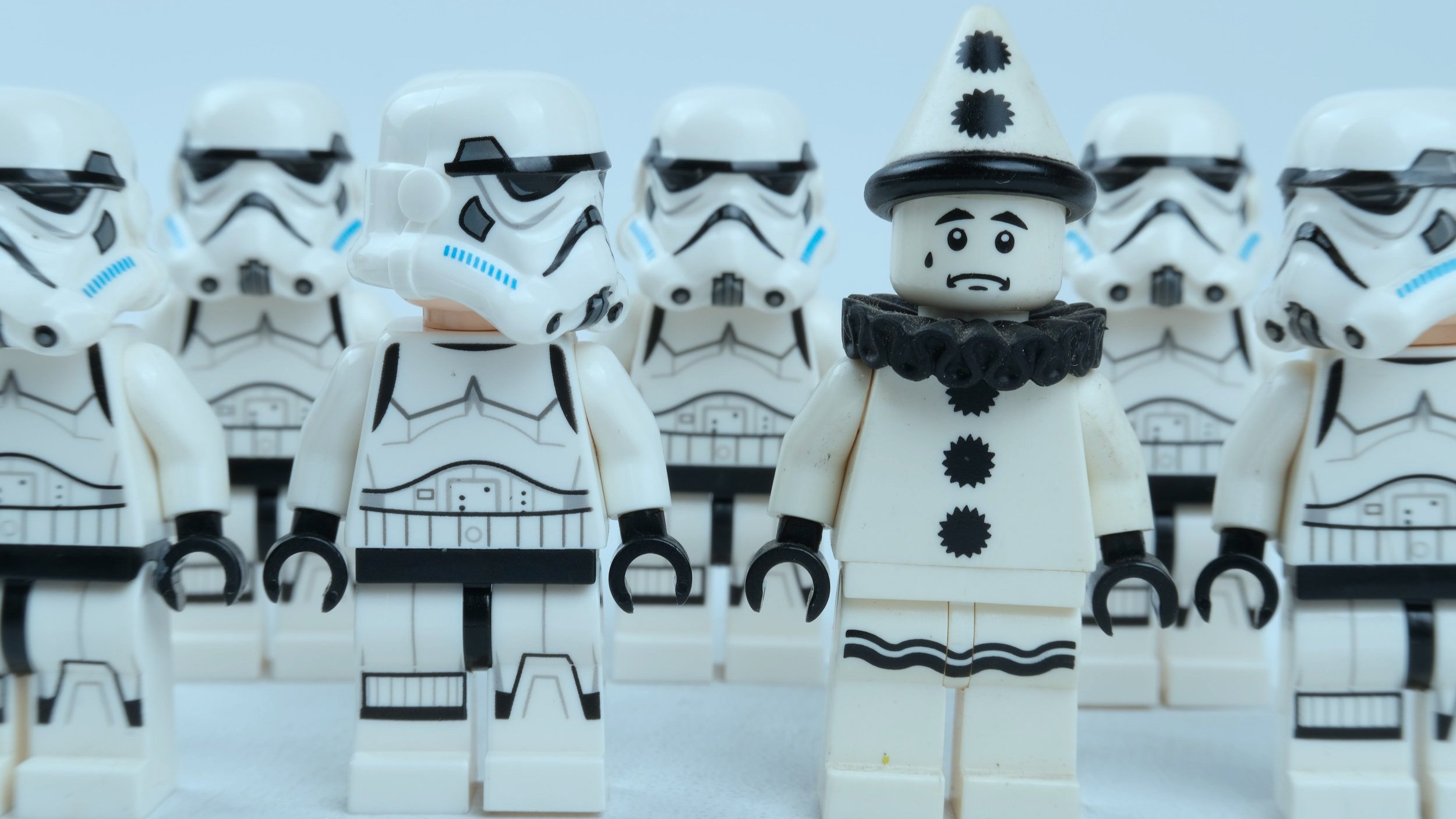Unmasking the Primal Need to Belong: How Unwritten Rules Shape Organizational Behaviour
So here is a question we are asked a lot. Why, when I hire someone young, dynamic and just the energy we need in this team, do they end up being just like everyone else in a matter of months?
In its most primal form, the answer is about life and death.
I have a video clip which we’ll look at shortly, but first, the basics.
The most basic human need is that we belong. The oft-misunderstood Maslow put this in the middle of his pyramid, but he got it wrong. The most basic need an individual human being has is to be part of a pack, a herd, a tribe, or a community. Once we belong to a group - the other needs are met: psychological safety, food, water, rest, and safety. If we don’t belong - we die. When we belong - life is possible. Some animals hate to be together, like Bears. Some animals love being together, like Meerkats. And some animals need to be together, like Wolves. We’re like wolves. However much you may prefer to be a bear.
We are psychologically designed to coagulate.
Every tribe, group and family has a set of rules: written and unwritten. Explicit and implicit. When we walk into a room (digitally or physically) with a group of people, we don’t know very well; our brain kicks into overdrive. It is subconsciously scanning every micro movement with one specific goal in mind - what do I need to do to ensure this homo sapiens belongs to the group. How are people sitting? What are they wearing? Where do they look? Who is the boss? What is the hierarchy? What is the uniform? What is the language? What are the rules? Your brain processes these in milliseconds to ensure you sit in the right place, are positioned the right way, saying the right things. Our brain is working out the rules of belonging to this group and ensuring we conform to those rules. If I don’t conform, I will be excluded. And that, unless you’re a bear, means death.
So when you hire a brilliant and talented individual who is just the type of person you need to change the team dynamics - remember, they end up like anyone else.
This begs the question - how do you change the rules of belonging and the behaviour of a group of people? .
The second is to explore patterns, and we’ll discuss that in the near future.
Here is a video to watch that demonstrates this beautifully.
What these unwritten rules of belonging also point to is the root of many systemic issues we see in business.
Take the example in the video clip. How long could that experiment have run before someone said, no, I will not stand up? The answer is forever. It could have run and run and run. Like Chinese whispers, it may have evolved over time, but long after the initial person who stood up for the beep has died, people will still be standing up and sitting down.
What happens in organisations is an event, a person, or a feeling that is too painful for people to look at. Maybe someone is fired? A founder leaves? A CEO is dismissed? Something happens, and the ‘tribe’ consciously or subconsciously decides they can’t look at it. It’s too painful. Stirring up too many memories. Is too confronting. So people look away. New people come, and old people go - but the group's rules of belonging say we do not look at ‘that.’ And long after people have forgotten what it is, they’re still not looking at ‘that.’
So that is why change feels impossible.

